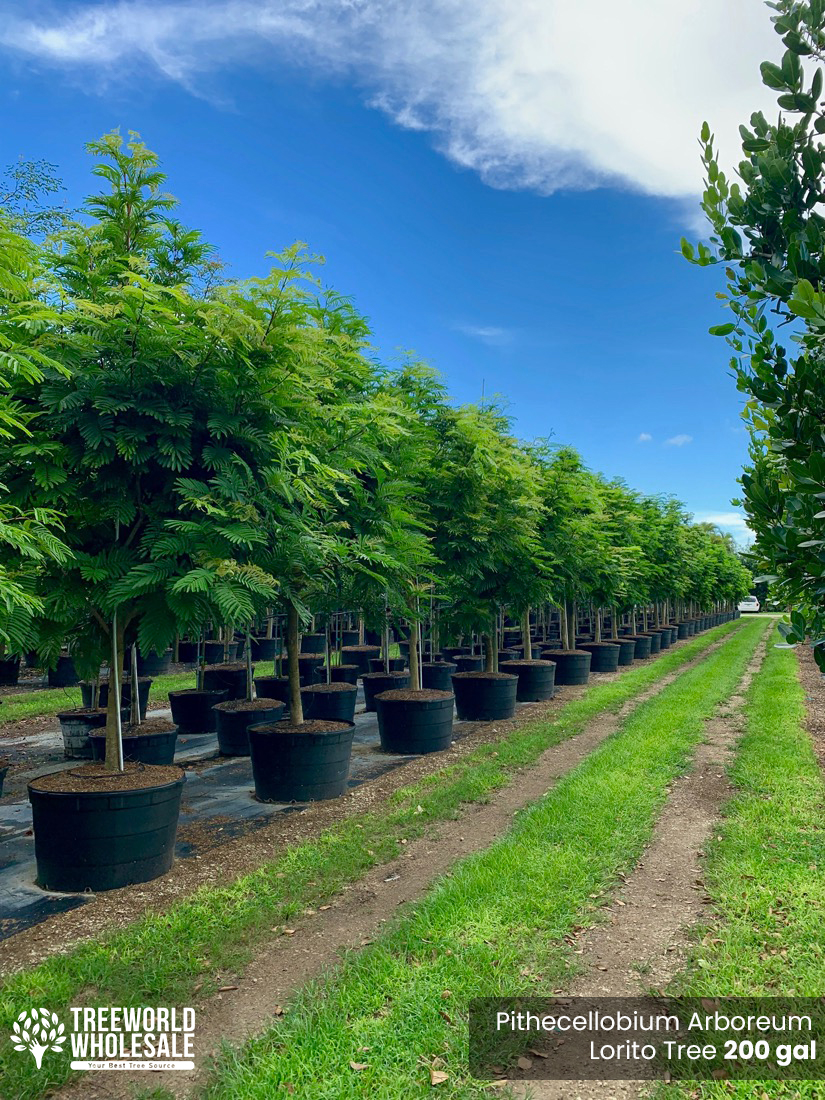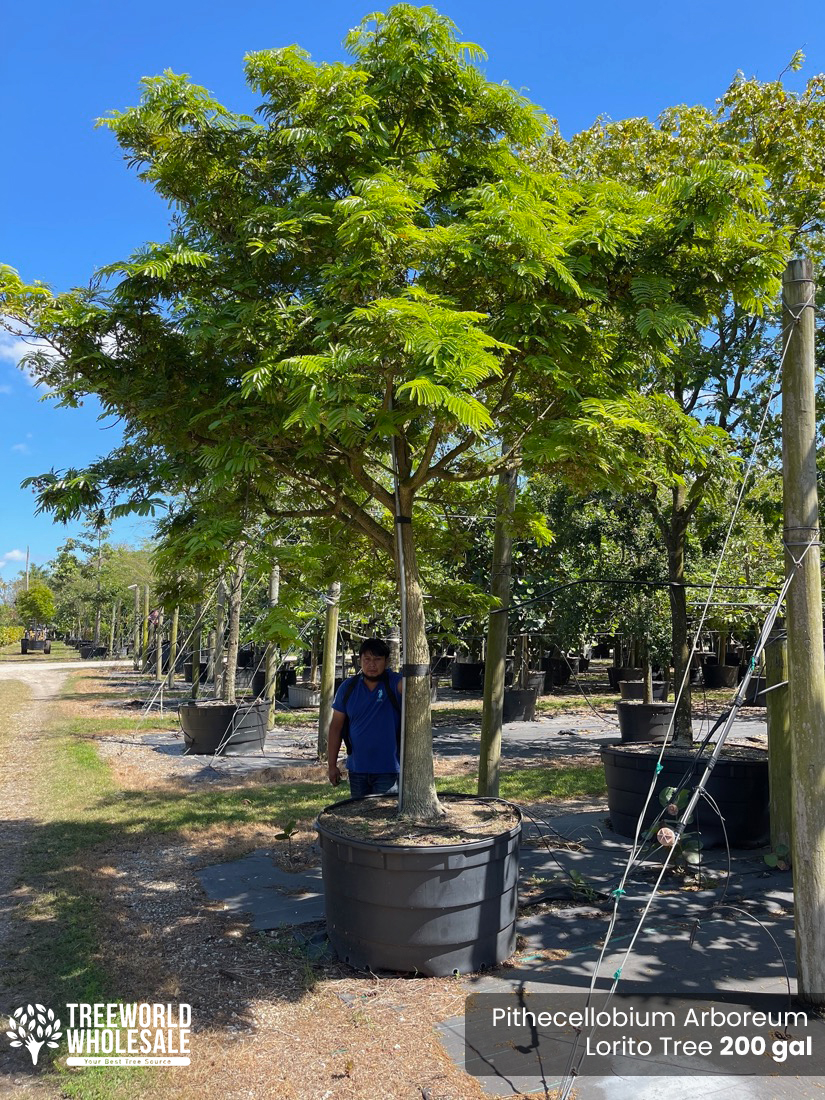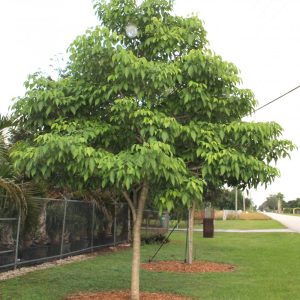Description
Pithecellobium Arboreum’s Growth and Features
Pithecellobium Arboreum (Lorito Tree) is an evergreen, typically growing to 45 feet or more; it has a thick trunk with dark brown to reddish, smooth or scaly bark. Additionally, the crown is round, wide, spreading and moderately dense. And the young branches are lightly hairy, becoming smooth with age.
Lorito Tree’s Distinctive Leaves, Flowers and Fruits
Furthermore, leaves are green, alternate, bipinnate, 4 1/2 – 6 1/2 inches long, with 8-16 pairs of primary leaflets, each 1 1/2 – 4 inches long and each in turn with 20-40 pairs of small, delicate, fern-like, smooth secondary leaflets. Flowers are borne in hanging clusters on stems 2 – 4 inches long; blooms are small, shape as a pea, symmetrical, white with hints of green and inconspicuous. Accordingly fruits are also borne in clusters as hard swirl shape pods, reddish-purple, 5 – 7 inches long, and compressed between the 3 – 10 ellipsoidal seeds.
Propagation, Uses and Landscaping Benefits of Lorito Tree
Pithecellobium Arboreum (Lorito Tree) is propagated by seed, but they have short viability. The brownish wood has several uses, such as in heavy construction, flooring and plywood. The tree tolerates a wide range of well-drained soils; it is frost sensitive. In landscaping, lorito is a good foliage tree for shade and street plantings, a specimen tree in xerophytic gardens, and pruning is necessary for topiary, and to provide living barriers and hedges.








































